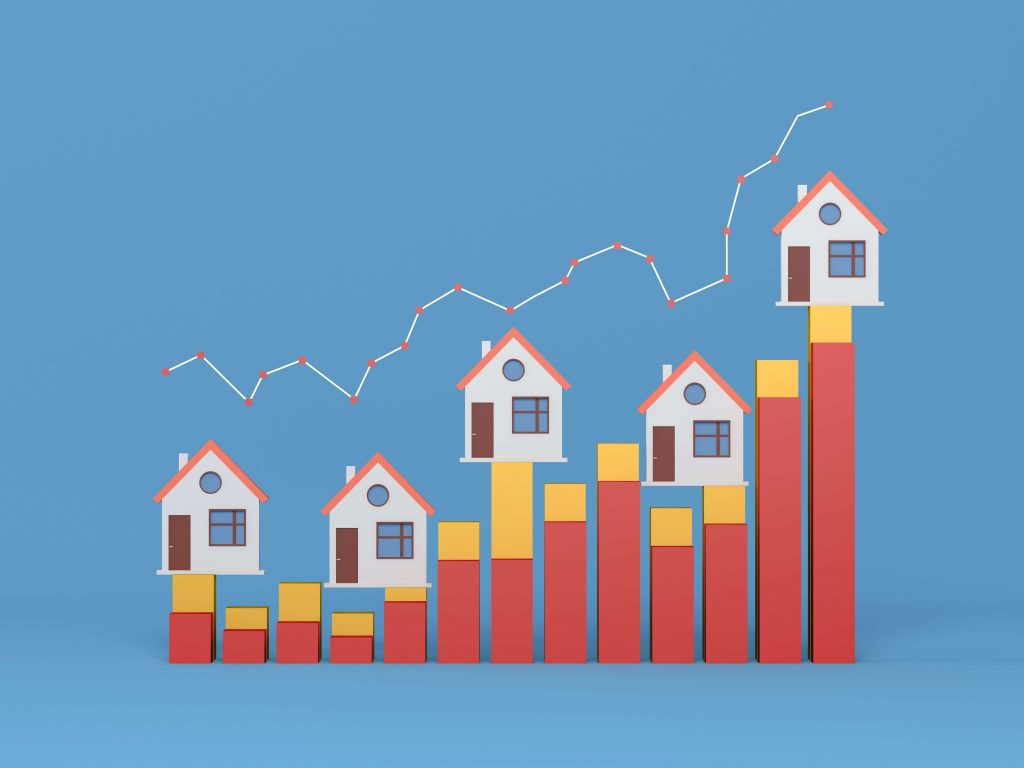
2020 was quite a year. The world faced the most severe medical crisis in over a century, millions of people were left jobless, and we all had to adapt to a brand new way of life. In the midst of this whirlwind, the U.S. real estate market underwent some predictable and very unpredictable changes. Most assumed that with the inevitable recession and rising unemployment rates, the real estate market would certainly fall in a 2008-style collapse. At first, this seemed to be the case, as housing sales plummeted in the early months of the COVID pandemic. However, partially as a result of some federal intervention, the market surprised everyone and took a very different direction. The following is a recap of the 2020 real estate market here in the U.S. and an overview of how drastically the COVID pandemic disrupted that market.
The early days
Back in February of 2020, with news of the new coronavirus making landfall in the U.S. and spreading quickly, lockdowns were imminent. This meant many employees would be out of work soon and would not be able to pay bills. Real estate experts automatically assumed we were headed for a drastic housing crisis and at first, it definitely seemed that way. With the lockdown came an almost complete halt in housing sales nationally. Under normal circumstances, with the threat of foreclosure, homeowners would certainly rush to sell their homes and flood the market with inventory. This situation was different. The health risk from COVID-19 outweighed the need to get out quickly and owners opted to quarantine rather than allow potentially infected strangers into their homes.
Fed drops interest rates
Luckily for homeowners and the market at large, help was on the way. The federal government provided relief during the beginning weeks of the pandemic in two major ways. On March 15th, the Federal Reserve dropped the benchmark interest rate to zero. This emergency action cause mortgage rates to drop to historic lows and increased buyer urgency among those who still had job security. Then on March 27th, Congress passed the CARES act which provides relief packages to businesses and allowed forbearances on all government-backed loans for up to 12 months. These two actions extenuated the low inventory crisis, while also increasing buyer demand.
Rebound
As a result of the CARES act and extremely low-interest rates, housing sales in the U.S. rebounded rapidly from April through December of 2020. Housing inventory in many parts of the country stayed low through the end of the year. However, housing sales overall continued to climb month over month from the lowest point in March. Housing sales in December 2020 ended up beating out those from the previous year. In fact, those end-of-year sale figures are historic by themselves and reflect that of a spring selling market rather than the predictably waning winter sales months. The good news, at least for right now, is that the market hasn’t yet slowed down from the rush of 2020. Buyers are still very eager to take advantage of low interest rates and sellers are starting to gain more confidence in the ability to sell safely in this environment. Overall national housing inventory is still way down from what we saw just before the beginning of the pandemic, but that is good news for home sellers and home values.